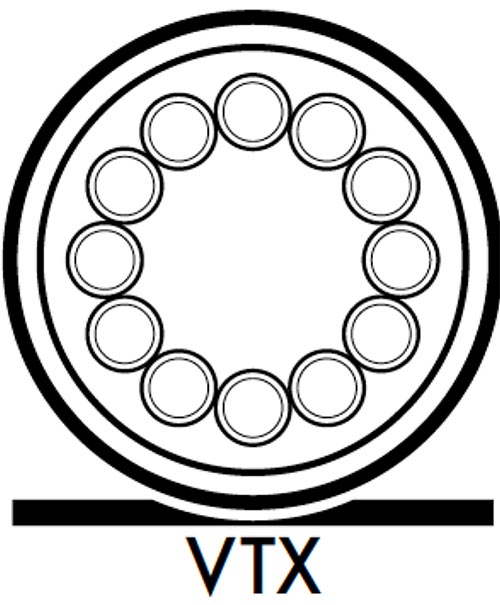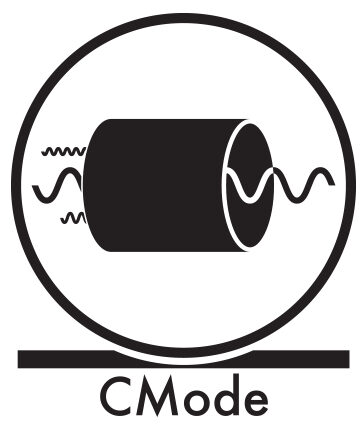It will come as no surprise to those comparing Shunyata Research's Digital cables that they are the company's most successful products, even surpassing the well documented success of Shunyata's power products. Steeped in the deep science behind digital signal transmission and the effects of noise, designer Caelin Gabriel has crafted a series of digital cables including S/PDIF, AES/EBU, Clock, USB and Ethernet cables that have proven to be best-in-class. Shunyata digital cables have earned multiple Product Of The Year Awards and have been adopted as references by the industry's top digital electronics manufacturers. Accolades about these extraordinary cables has come from every corner of the industry.
The common threads shared by all models in Shunyata's digital cable arsenal are their ability to eliminate time smear and related signal distortions that would otherwise degrade the performance of digital playback. Performance results demonstrate that Shunyata Research digital cables don’t just improve digital playback, they literally redefine digital audio as a reference medium for listening and recording.

Shunyata Research digital cables are produced using a Precision Matched Z (PMZ) concept. This means that tolerances of the conductor surface, dielectric extrusion, and the precision of the braided shield are held to minute variances. To achieve these tight tolerances, the extrusion and braiding machines must be run at one-quarter speed during the manufacturing process. The result is better performance through a reduction of cable-induced ‘signal jitter’. (Note: Z means impedance)

ArNi® is a type of wire created by Shunyata Research designed to be the finest quality wire available for audio purposes. It begins with the highest purity of copper available – OFE C10100 or Ohno (single crystal). Then it is formed in virtual hollow tubes eliminating skin effects and eddy current distortions. A premium fluorocarbon insulation minimizes dielectric absorption and re-radiation, greatly improving resolution and clarity. In addition, the wire undergoes our proprietary KPIP™ process.

Shunyata Research’s exclusive VTX™ conductors are made in the shape of virtual tubes. The core of the conductor is completely hollow minimizing skin effects and random eddy currents. They are produced using OFE Alloy-101.

Common-mode noise is different than differential noise and is much more difficult to measure and eliminate. For the purest signal possible, Shunyata Research has developed a CMode filter that effectively reduces common-mode noise without introducing the sonic compression effects associated with conventional filters. It reduces high-frequency noise distortion while delivering an analog ease and palpable background silence that closes the gap between digital and analog systems.

KPIP™ (Kinetic Phase Inversion Process) was developed by Caelin Gabriel after years of research into the underlying causes of various effects such as burn-in, wire directionality and the effects of cryogentic treatment. He discovered that there was an underlying core principle that burn-in and cryogenics only “partially” addressed. Once the governing principle was understood it became possible to create a processing technique and machine that could virtually eliminate the need for burn-in and cryogenic treatment.
Join our mailing list
FOR PRODUCT UPDATES & NEW RELEASES
By submitting this form you are consenting to receive marketing emails from Shunyata Research. You can unsubscribe at any time.